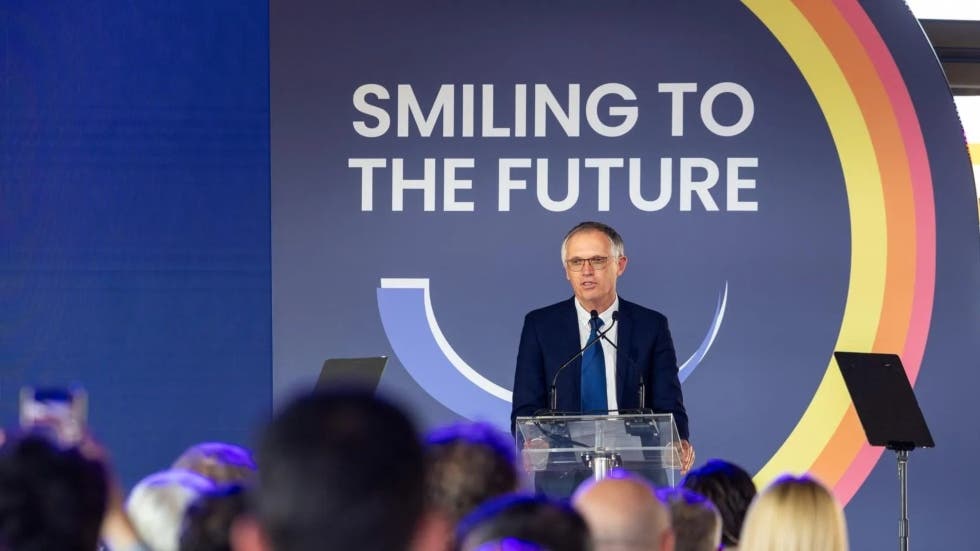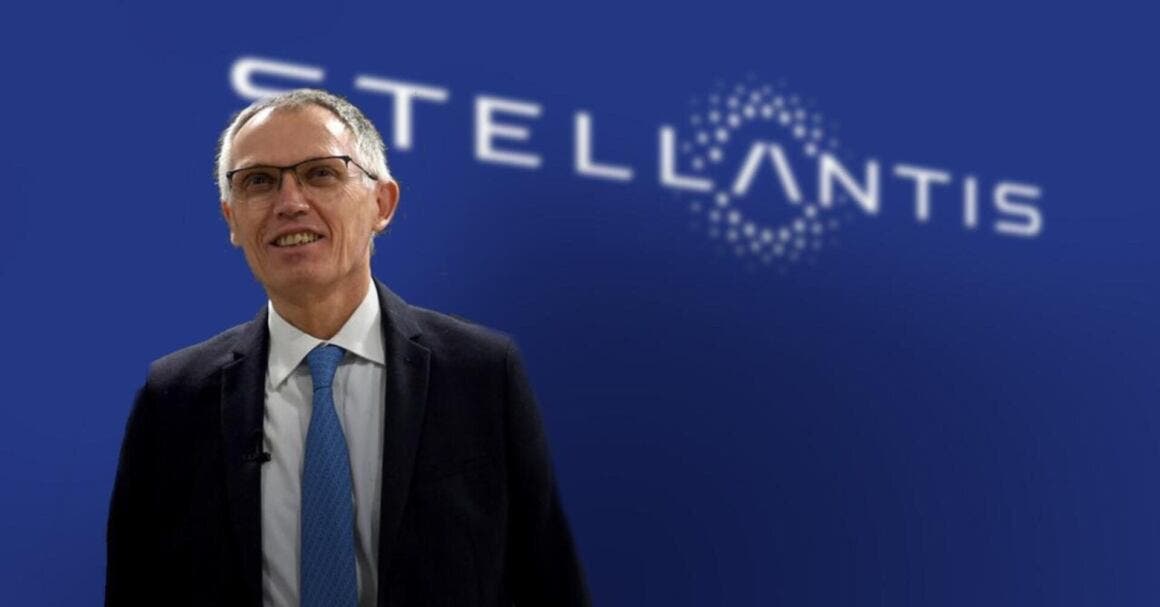Carlos Tavares, former CEO of Stellantis, received a total compensation of 23 million euros ($23.91 million) in 2024, despite the company facing a significant decline in sales and various operational problems. These factors contributed to his sudden departure from the company in early December. However, this did not affect Tavares‘ salary, which was still considerably higher compared to the average of other CEOs of automotive groups and companies.
Stellantis announces the compensation package paid to former CEO Carlos Tavares

According to the annual report, Tavares will receive an additional sum of 12 million euros ($12.47 million) as part of his separation from the company, in addition to the Stellantis shares he already owns. The settlement agreement includes a severance package in compliance with Dutch law and a performance incentive of 10 million euros ($10.40 million) that will be paid over the course of this year.
Tavares had led the automotive company since its formation in 2021, born from the merger between Fiat Chrysler Automobiles and the French PSA group. His departure was determined by slowing sales and other problems that had generated growing dissatisfaction among shareholders, dealers, and unions. In 2024, the company’s net profits plummeted by 70%, with particular difficulties in the North American market, where market share decreased and adjusted operating income fell by 80%. Stellantis plans to appoint a new CEO by the first half of 2025, as also confirmed in recent days by Chairman John Elkann.
Tavares’ compensation for 2024 was, obviously, lower than the 36.5 million euros ($37.94 million) received in 2023, which had made him the highest-paid traditional automotive executive, drawing criticism from UAW leaders and members in the United States, who were affected by job losses and cost cuts. However, the settlement agreement payments almost compensate for this difference. Tavares‘ compensation for 2024 was similar to that of 2021 and included approximately 2 million euros ($2.08 million) in base salary, over 20 million euros in long-term incentives, and 500,000 euros ($519,768) in “post-retirement benefit expenses.”
